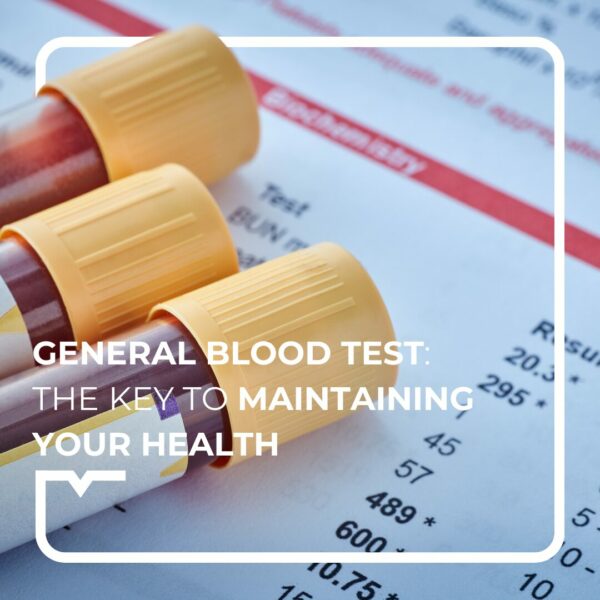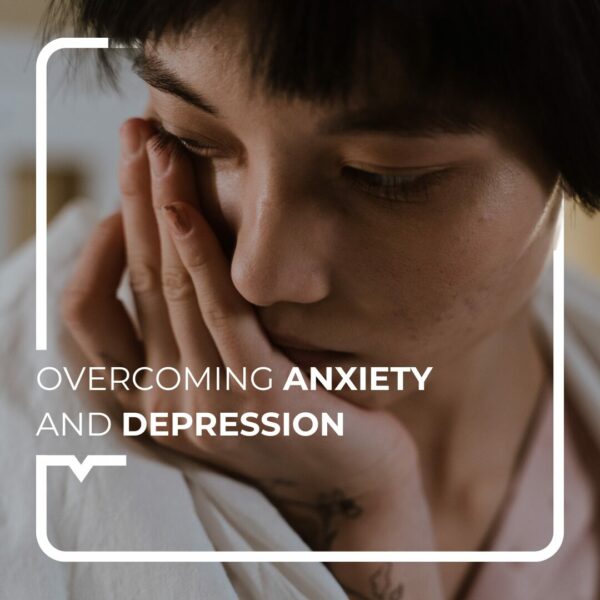Hello, this is Dr Joy!
Your teenager spends hours in front of the mirror observing her new shape. Often she hides them under an XXL jumper… It is often at this time of life that eating disorders appear.
Today we are going to talk about eating disorders, and how to recognise them and prevent them.
Vamos!
What is an eating disorder?
An eating disorder (ED) is defined as a serious disturbance in eating behaviour that can have negative repercussions on the physical and mental health of the individual.
There are 3 main types of EDs:
- Anorexia: Obsession with weight loss. Permanent restrictions. Distorted perception of the body (= dysmorphophobia).
It affects 90% of women and is thought to affect 0.3% to 1% of young women aged 12 to 18. - Bulimia: repeated attacks where the person eats large quantities of food, followed by extreme guilt and attempts to control their weight (vomiting, excessive physical activity).
It is estimated that 1 to 3% of women suffer from bulimia in their lifetime. - Binge eating: episodes of overeating, like bulimia, but without the weight control techniques. This leads to weight gain which is often distressing.
During their lifetime, 3.5% of women and 2% of men are affected.
Other eating disorders also exist (pica, selective eating, etc.).
These disorders often occur in adolescence between the ages of 14 and 18. But did you know that the first symptoms can occur as early as 6 years old? They can also occur in adulthood.
The risks of EDs
Eating disorders can have serious health consequences. Among them we find:
- In the case of anorexia: extreme thinness, muscle wasting, cessation of the menstrual cycle, drop in blood pressure, disturbance of the heartbeat, coma or death in the most serious cases
- In the case of bulimia and binge eating disorder: weight gain or even obesity, dental problems, swelling of the salivary glands, digestive problems, heart problems
It is a very serious disease indeed.
Recognising binge eating
There are several symptoms that may indicate that a loved one is suffering with an ED:
- significant weight loss or weight change
- excessive physical activity
- skipping meals
- calorie and quantity control on foods and rejection of certain foods
- isolation
- distortion of body image
- bulimia = marks on the hands (grazes) showing repeated vomiting (known as Russell’s sign) and rushing to the toilet
If you notice several of these symptoms in a person, do not hesitate to discuss it with them.
How to treat and prevent eating disorders
If you think that someone close to you is suffering from an eating disorder, be patient and try to understand: it takes time to recover.
Depending on the severity of the situation, the patient should be assisted by a trained medical team, i.e. a general practitioner or a psychiatrist. Work on self-confidence and self-esteem can also be complemented with tools such as EFT, EMDR or hypnosis.
It is difficult to prevent an eating disorder, but here are a few tips to give yourself the best chance:
- encourage a healthy and diversified diet from an early age
- make eating a pleasant experience and not an ordeal
- promote self-esteem and body image, be positive about your own body
If in doubt or if you need to talk about it, don’t hesitate to make an appointment with one of our medical provider.
Beijinhos.
This information is not a substitute for medical advice.
You must seek the advice of your doctor or another qualified health professional with any questions you may have regarding your health condition.
Sources:



